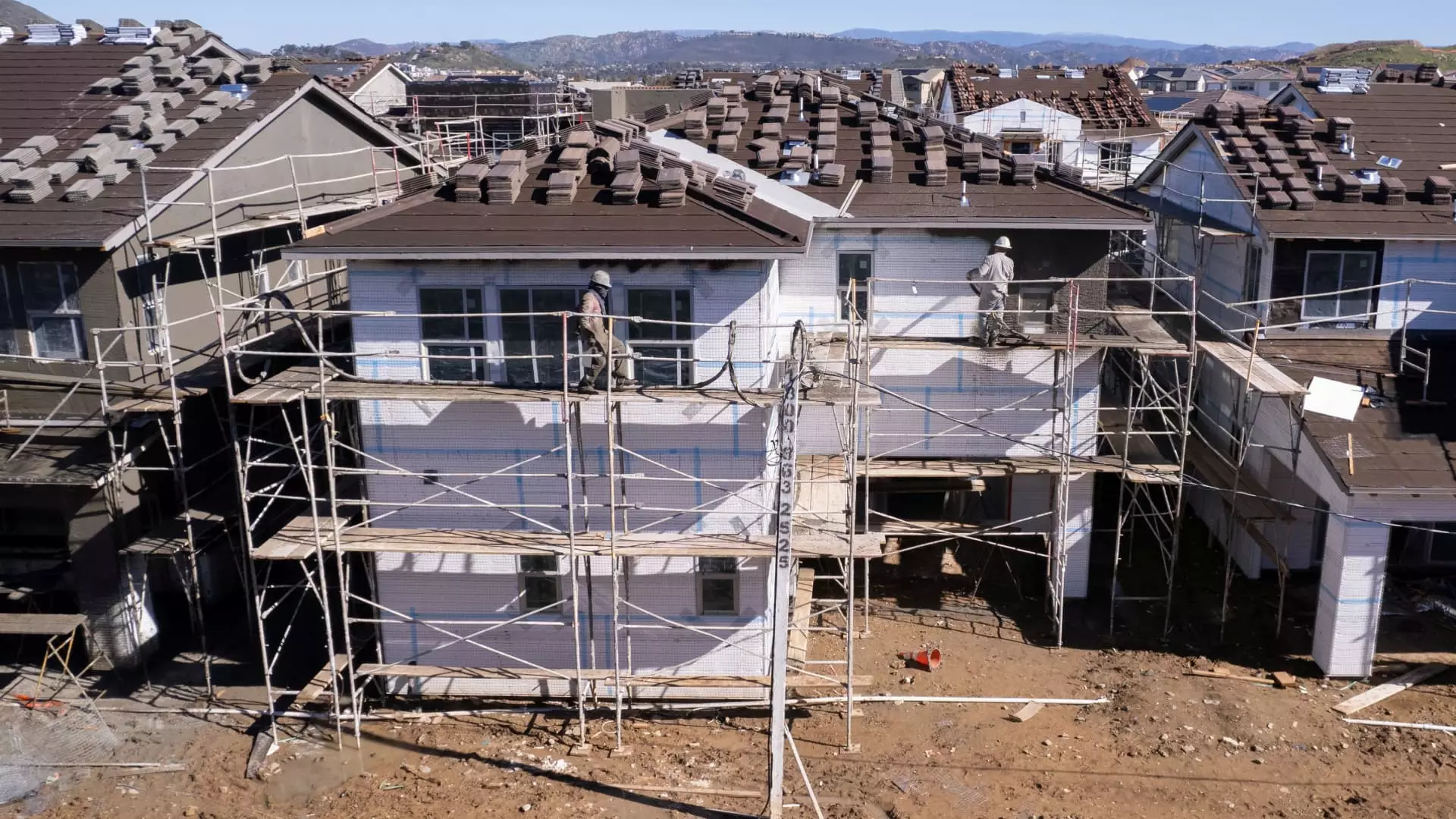The shareholder returns of leading homebuilders such as D.R. Horton and Lennar managed to outperform the S&P 500 from August 2014 to August 2024, which initially seems like a positive indicator. However, the recent downgrade in the investment outlook for both companies raises concerns. This points to potential underlying issues that may impact the future performance of the industry and these companies specifically. Despite this downgrade, there are still investors who maintain a sense of optimism regarding the overall prospects for the sector’s growth and profitability.
Industry experts suggest that the market positioning of top homebuilders has strengthened since the 2007-2008 financial crisis. Stimulus packages implemented in the early 2010s provided these companies with substantial liquidity that they could utilize at their discretion. This influx of resources allowed them to navigate through challenging times and make strategic investments for future growth.
Research indicates that there is a persistent shortage of housing units in the United States, with estimates ranging from 2 million to as high as 20 million. Lower levels of competition among homebuilders are believed to be a contributing factor to this shortage. Moreover, the permit approval process in areas with restrictive zoning laws has been identified as a potential bottleneck that slows down the pace of new construction projects. This highlights the need for regulatory reforms to streamline the development process and address the growing housing demand.
The contrasting views of political leaders like Vice President Kamala Harris and former President Donald Trump regarding zoning reform play a significant role in shaping the residential construction landscape. Harris’s proposal to relax zoning laws and provide subsidies to builders aims to accelerate the construction of millions of new homes, addressing the housing shortage. On the other hand, Trump opposes such reforms and criticizes the current inflationary environment, particularly affecting housing costs. These differing perspectives reflect the complex interplay between policy decisions and their impact on the housing market.
The housing market faces challenges such as elevated mortgage rates and rapid price inflation, which have deterred potential buyers from entering the market. The decline in permits and starts of new residential projects indicates a slowdown in construction activity compared to previous years. This presents both challenges and opportunities for homebuilders to innovate and adapt to the evolving market conditions. Areas with more open land and less stringent regulations are witnessing higher home sales, emphasizing the importance of flexibility and efficiency in the development process.
The housing market and the performance of homebuilders are influenced by a myriad of factors, including regulatory policies, competition, and economic trends. While there are concerns about the future outlook of the industry, there are also opportunities for growth and innovation. Collaboration between policymakers, industry stakeholders, and investors is crucial to address the housing shortage and ensure a sustainable and inclusive housing market for all.

